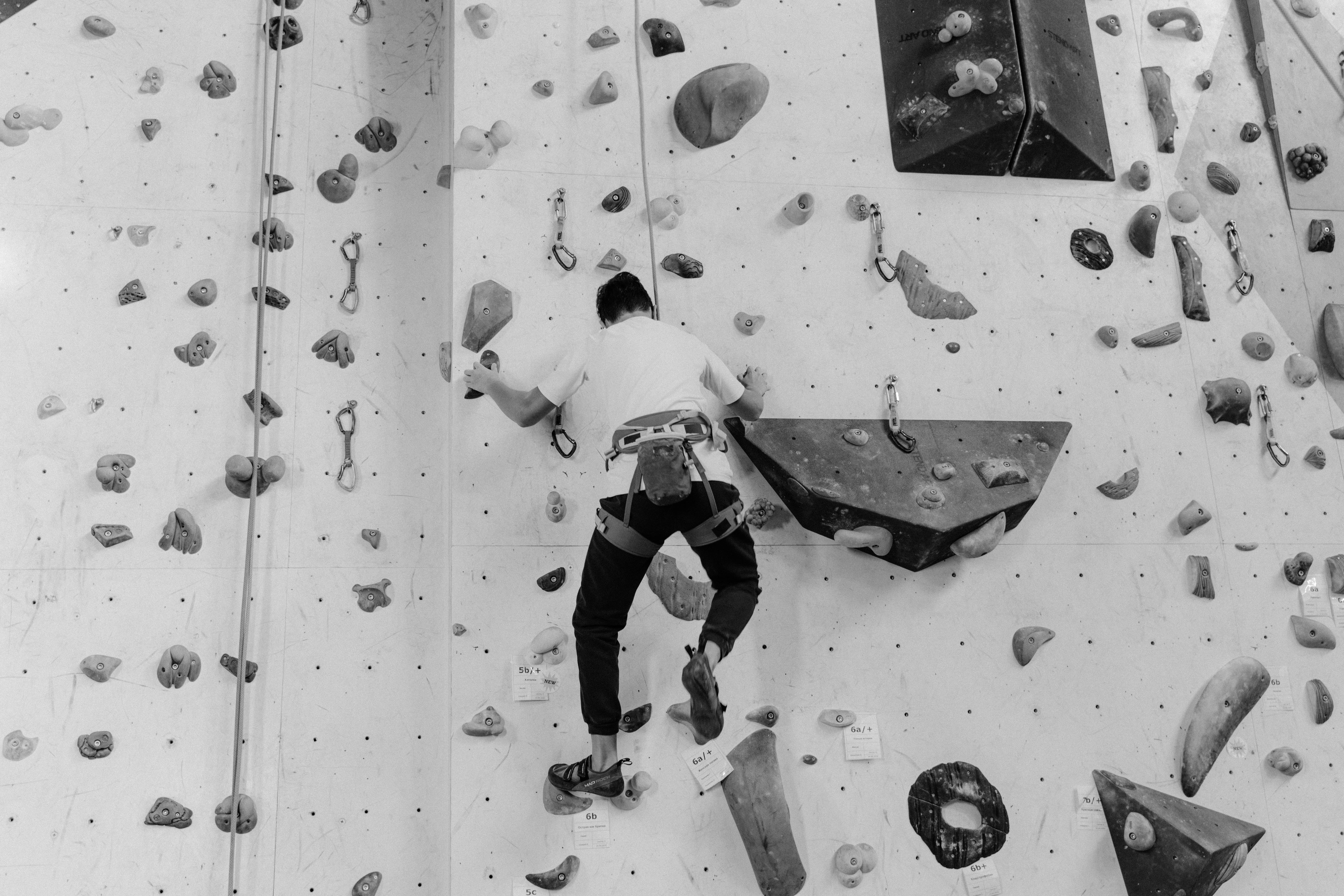Starting with the 2012 NFL season, the overtime procedure was changed to give each team a chance to possess the ball unless the team with the first possession of the ball scores a touchdown or a defensive touchdown occurs. One of the biggest concerns is that this system has produced a tie in each of the last three seasons. I have a proposal for an NFL overtime system that eliminates ties and makes overtime interesting.
This system is similar to college football overtime in that each team gets possession of the ball in a specific part of the field and the team with the highest score after the period wins. Also, beginning in the third overtime, both teams must look for a two-point conversion after a touchdown. However, my proposed system takes into account the greater variety of kickers in the NFL as well as the greater mental abilities of NFL quarterbacks with two key differences.
Possession takes place at the 50-yard line instead of the 20-yard line
In college football, kickers have a much lower percentage of field goals made than in the NFL. Therefore, the 20-yard line is not considered a chip shot distance for college kickers. However, most kickers in the NFL would make a field goal from the 20-yard line and this would present a problem for the team that went first in overtime and did not score any points or just made a field goal. If you put the ball on the 20-yard line and the team with first possession scores 0 or 3 points, it would be very easy for an NFL kicker from the other team to tie or win the game.. If you place the ball at the 50-yard line, you must move the ball a certain distance so that the kicker is within range. The other team is not guaranteed victory.. I feel like this adds a more dramatic element to the overtime period.
Each team will have only two minutes to work each period.
A team that has possession of the ball at the 20-yard line with unlimited time doesn’t give the quarterback and the rest of the team a chance to show their intelligence and physicality under pressure. Giving only two minutes from the 50-yard line with only one timeout to each team, the overtime periods move faster and force each team to be smarter and more athletic.
Picture it this way, it’s your team’s turn in overtime and you’re down by seven. your quarterback he doesn’t have all the time in the world get to the end zone to force the next overtime. The clock is ticking with every play and he has to make tough decisions when it comes to finding wide receivers and keeping the clock in mind. He can’t make conversational plays and will probably have to make big throws to gain significant yardage in a short period of time.. Big plays light up the crowd and the quarterback gets a chance to get some much-needed experience in terms of competing under intense pressure.



